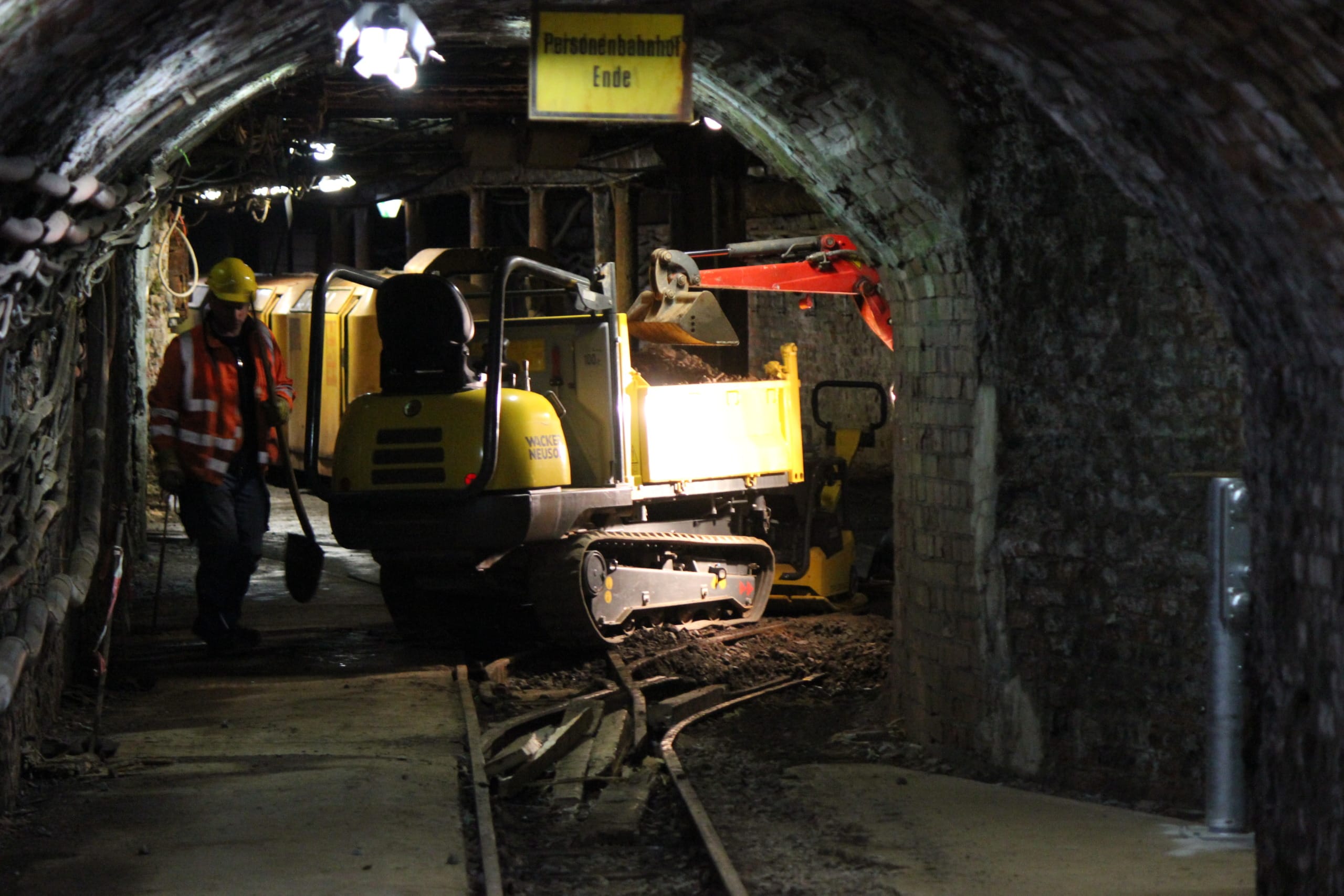
Mining is one of the most hazardous industries, requiring workers to be protected from a wide array of physical and environmental dangers. Personal Protective Equipment (PPE)1 plays a vital role in ensuring the safety of workers and reducing the risk of injury or illness. From head protection to respiratory equipment2, each piece of PPE is designed to combat specific risks in mining environments.
Mining workers face numerous hazards, from falling debris to exposure to toxic gases. Essential PPE for mining includes hard hats, respirators, gloves, and protective footwear, all tailored to minimize these risks and ensure a safer working environment.
To understand the PPE requirements for mining, let’s explore the common hazards, how PPE changes between different types of mining, the regulations surrounding its use, and how innovations are shaping the future of worker protection.
What are the most common hazards that mining workers face?
Mining environments are filled with hazards that put workers at risk, requiring specialized PPE to mitigate dangers like falls, toxic exposure, and machinery accidents.
Common mining hazards include rock falls, exposure to airborne particulates, electrical hazards, and noise, all of which are mitigated by specific PPE.
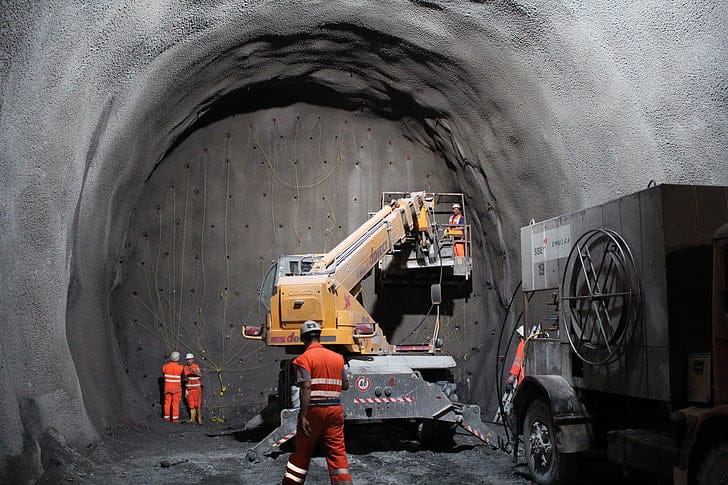
Mining workers are exposed to a range of risks, including:
-
Falling debris and rockfalls:
- Hard hats and protective eyewear are critical to prevent head and eye injuries from falling rocks.
-
Dust and airborne particulates:
- Respirators and dust masks are worn to prevent respiratory illnesses from inhaling hazardous materials like silica dust or coal dust.
-
- Gas masks and portable gas detectors help workers detect and avoid dangerous gases like methane or carbon monoxide.
-
- Steel-toed boots, high-visibility clothing, and hearing protection are essential for protecting workers from crushing injuries and machinery noise.
-
High-altitude and temperature-related risks:
- Insulated clothing and proper hydration are necessary for workers in extreme heat or cold environments.
Proper PPE ensures that workers are protected from these hazards, reducing the risk of injury and long-term health issues.
How does the PPE for underground mining differ from open-pit mining?
The type of mining environment greatly influences the PPE requirements, with underground mining requiring more specialized equipment due to confined spaces and higher exposure risks.
Underground mining PPE often includes heavier-duty equipment, such as reinforced boots, respirators, and headlamps, while open-pit mining PPE focuses more on protection against heat, sun exposure, and high-altitude hazards.
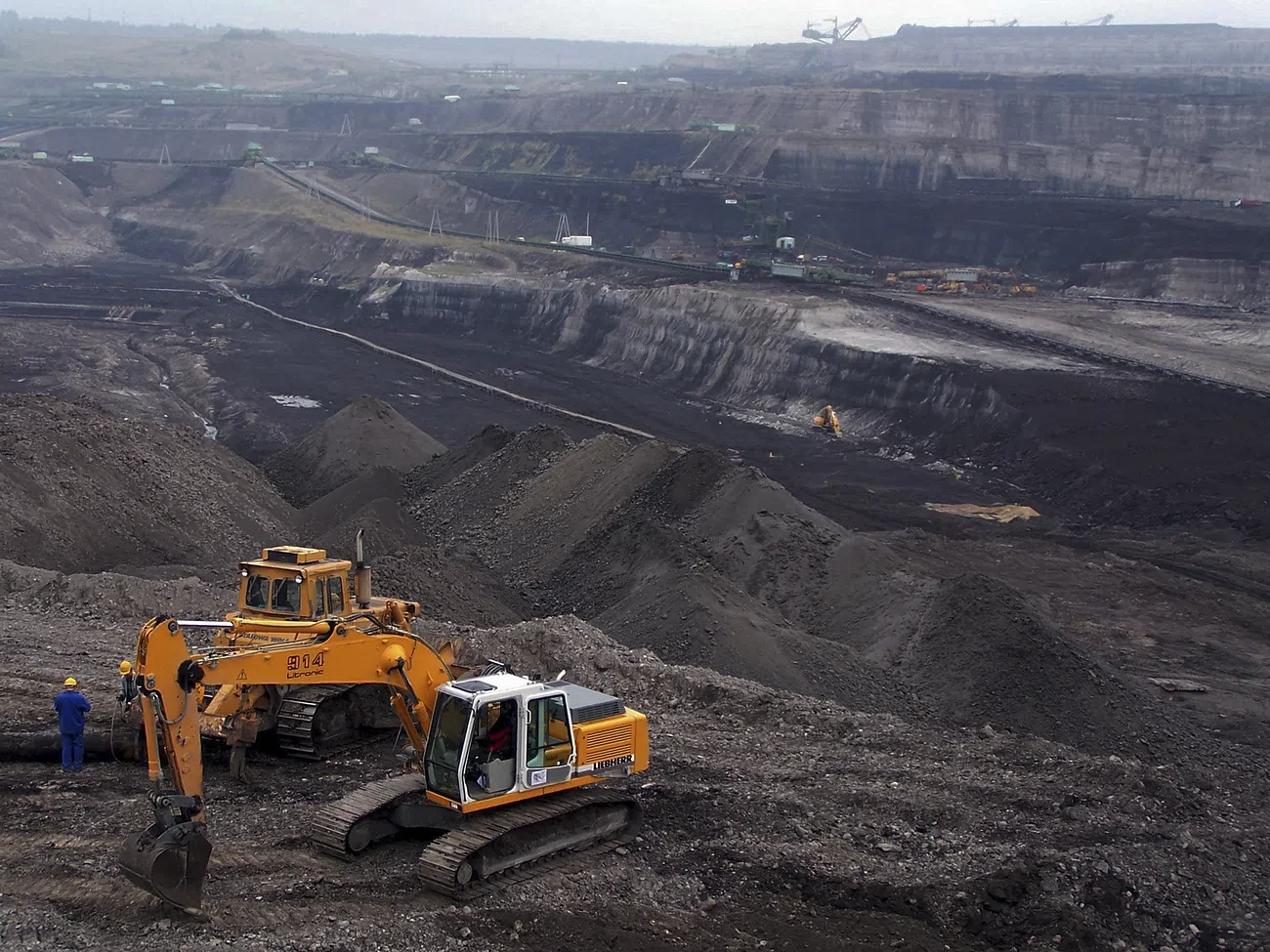
Underground Mining PPE:
- Hard Hats with Full Face Shields5: Provides protection from falling debris and dust.
- Respirators and Air Filtration Systems: Protects against dust, smoke, and toxic gases in poorly ventilated areas.
- Headlamps and Battery-Powered Lights: Essential for visibility in dark, confined spaces.
- High-Durability Gloves: Protects hands from rough surfaces and equipment.
Open-Pit Mining PPE:
- Sun Protection Gear: Lightweight clothing and sunscreen protect workers from sun exposure.
- Heavy-Duty Work Boots6: Provide grip and stability on uneven and rocky terrain.
- High-Visibility Vests and Jackets: Ensure workers are easily seen, especially in busy areas with large machinery.
- Ear Protection: Noise levels are high in open-pit operations, requiring earplugs or earmuffs to prevent hearing damage.
Understanding these differences ensures that workers have the right gear for their specific environment, promoting safety and comfort.
What are the regulations governing the PPE used in mining?
Regulatory bodies set strict standards for PPE in mining to ensure worker safety and compliance with health and safety guidelines.
OSHA, MSHA, and international standards7 define the PPE requirements for mining workers, ensuring that safety measures are met to protect against hazards like falls, exposure to toxic substances, and machinery accidents.
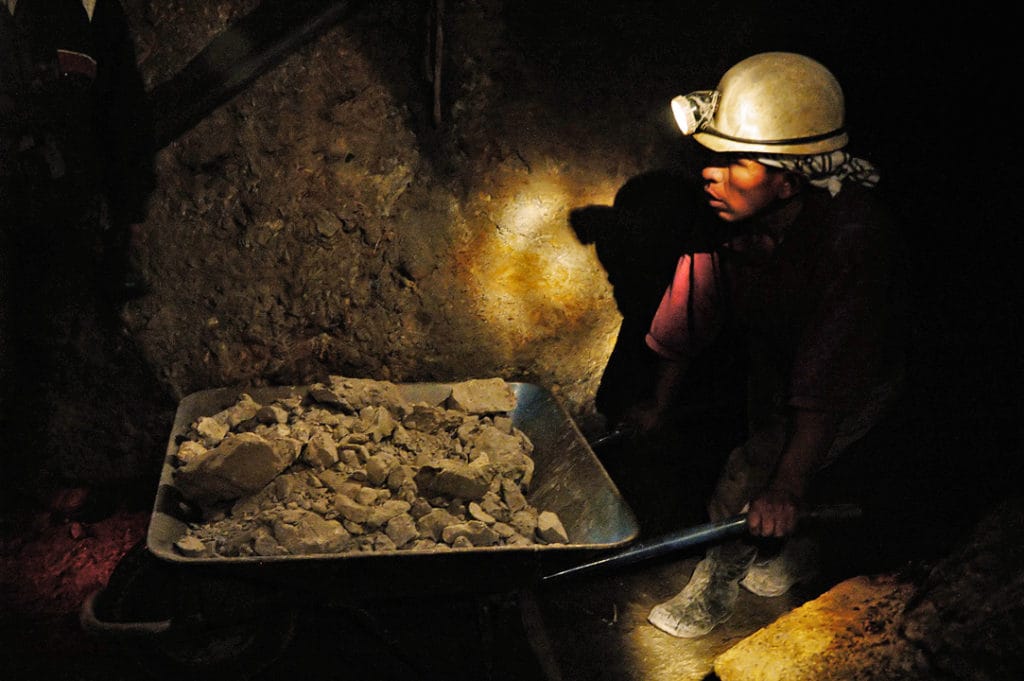
The primary regulatory organizations include:
-
OSHA (Occupational Safety and Health Administration):
- Sets standards for PPE use in all industries, including mining.
- Enforces regulations on head protection, respiratory protection, and fall protection.
-
MSHA (Mine Safety and Health Administration)8:
- Enforces regulations specific to the mining industry, including PPE requirements for underground and surface mining operations.
- Mandates specific types of PPE based on risk assessments and environmental conditions.
-
ISO (International Organization for Standardization)9:
- Develops international standards for protective gear, including for mining-specific PPE.
- Ensures that equipment is tested for durability and effectiveness against industry-specific hazards.
Compliance with these standards helps minimize workplace injuries and ensures safe working conditions for mining personnel.
How does PPE for mining workers evolve to protect against emerging risks?
With the advancement of mining technologies and changing environmental conditions, PPE for mining workers is evolving to address new risks and challenges.
New innovations in PPE include smart helmets with integrated sensors, wearable air quality monitors, and advanced materials for better heat regulation and durability.
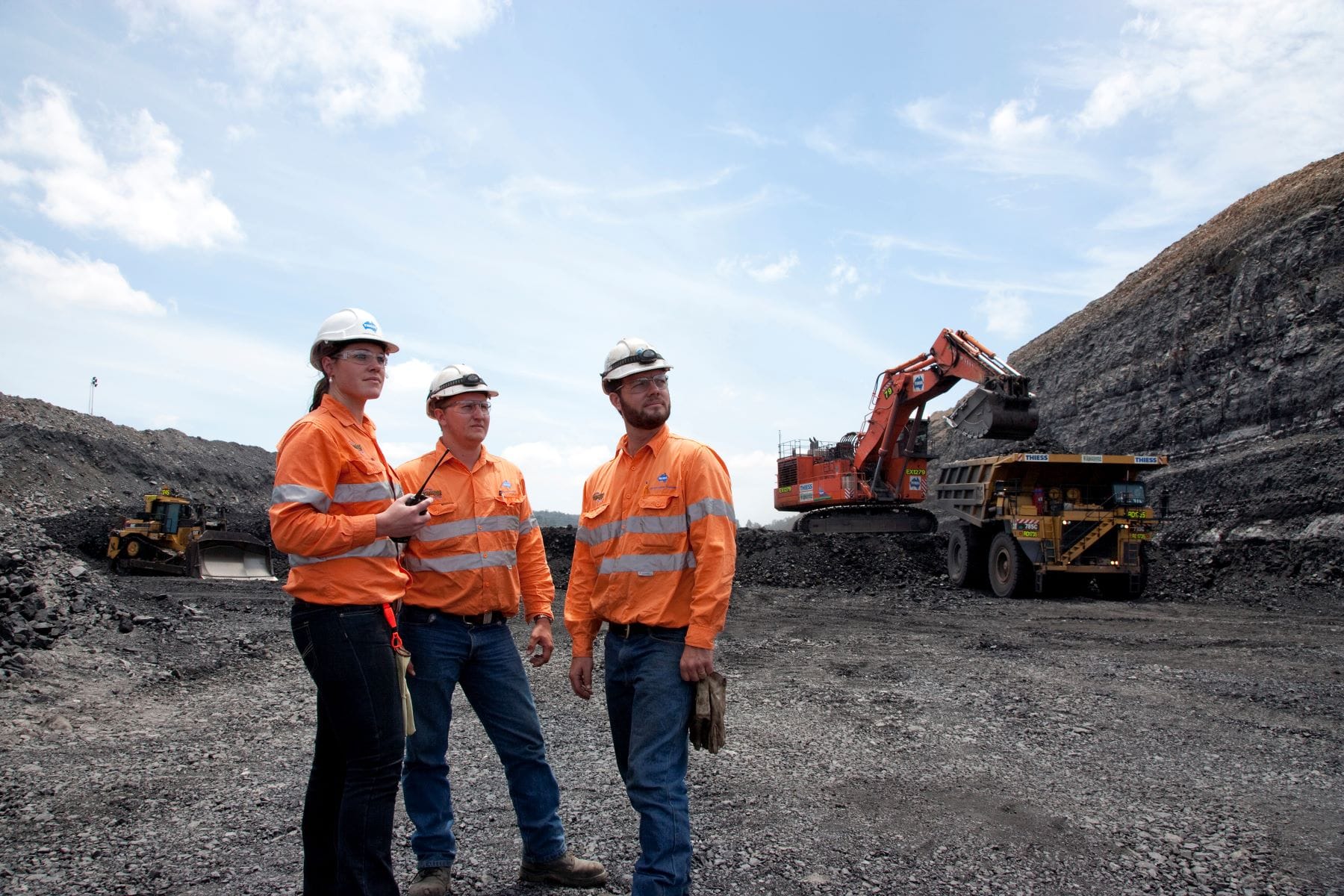
Emerging PPE innovations include:
-
Smart PPE:
- Wearable technologies, such as helmets with built-in sensors, track exposure to hazardous gases or vibrations, providing real-time data for safety monitoring.
- Smart gloves that monitor hand movements and fatigue to reduce strain injuries.
-
Advanced Respiratory Protection:
- Powered air-purifying respirators (PAPRs) that offer better comfort and protection in environments with high concentrations of dust and gases.
-
Heat-Resistant Materials:
- New fabrics and materials that provide better thermal insulation, ensuring workers are protected from high temperatures in certain mining operations.
-
Enhanced Durability and Comfort:
- PPE is now being designed to be lighter, more breathable, and more durable, increasing worker comfort and compliance.
These innovations aim to keep pace with new mining methods, ensuring that workers are equipped with the best possible protection against emerging hazards.
Conclusion
The PPE required for mining workers plays a crucial role in safeguarding against the numerous hazards found in both underground and surface mining operations. From head protection to advanced respiratory equipment, choosing the right gear based on the mining environment is essential. With ongoing advancements in safety technology, mining PPE continues to evolve, ensuring better protection, comfort, and compliance for workers in this high-risk industry.
-
Provide an overview of the critical PPE items necessary for worker protection in high-risk mining environments. ↩
-
Linking this keyword highlights the importance of respiratory protection in preventing illnesses caused by inhaling harmful dust or gases in mining operations. ↩
-
Help to understand the critical role of gas detection equipment in preventing fatal accidents caused by gas exposure in mining environments. ↩
-
Linking this keyword will provide insights into the protective gear necessary to safeguard miners from crushing injuries and harmful noise levels caused by heavy machinery. ↩
-
Provide more information on how these hard hats protect workers from falling debris and dust in confined underground spaces. ↩
-
Linking this keyword helps explain how specialized boots provide stability and grip, preventing slips and injuries on uneven, rocky terrain in open-pit operations. ↩
-
Help to understand the regulatory framework and specific PPE guidelines set by these organizations, ensuring compliance and safety in mining operations. ↩
-
Explore the detailed regulations enforced by MSHA, which are tailored to address mining-specific hazards. ↩
-
Linking this keyword provides insights into how ISO standards shape the development and testing of mining PPE to meet global safety requirements. ↩
Zion Zhang
Recent Posts
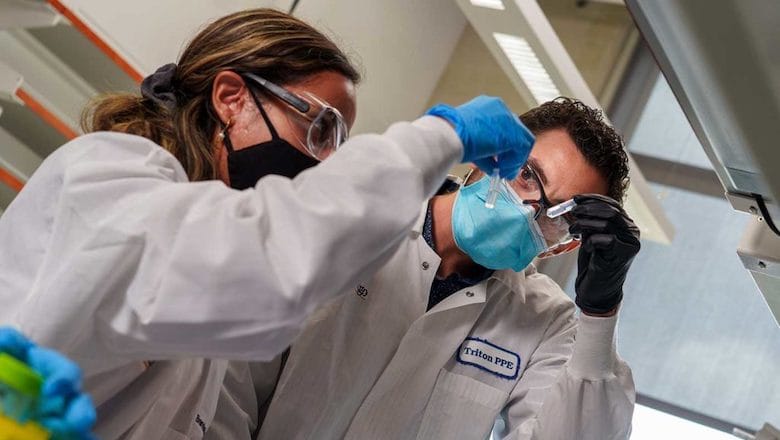 Color-Coded PPE Systems: Preventing Cross-Contamination in Food Facilities2025年8月7日Cross‑contamination spreads through cuts, allergens—and […]
Color-Coded PPE Systems: Preventing Cross-Contamination in Food Facilities2025年8月7日Cross‑contamination spreads through cuts, allergens—and […]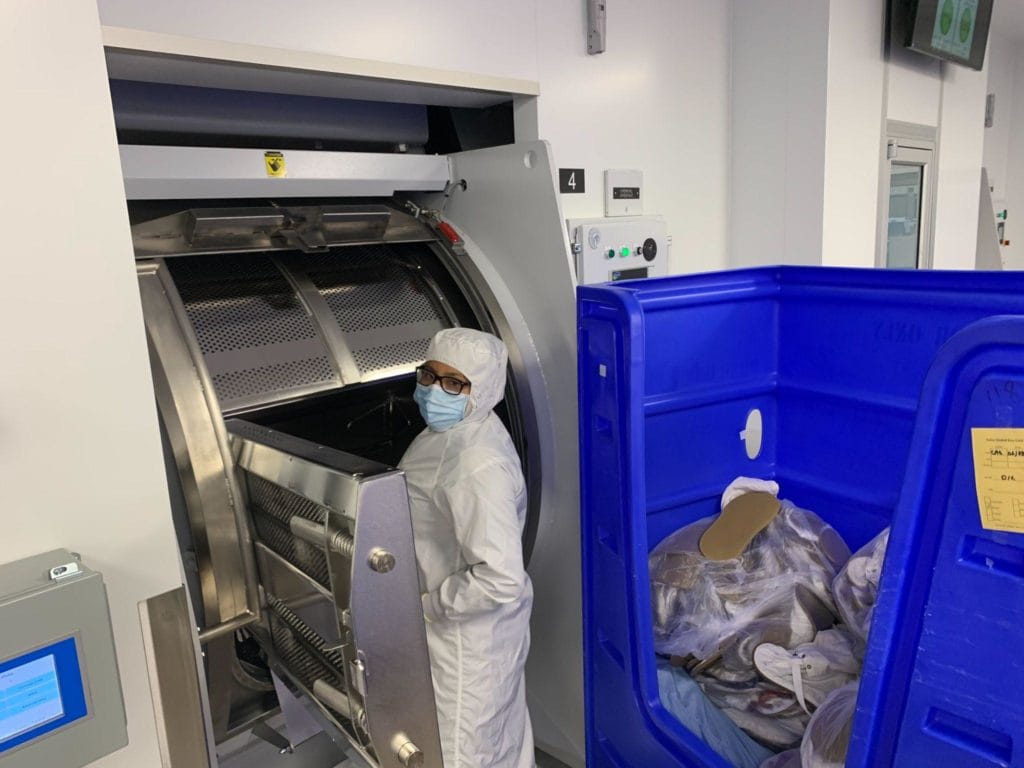 Food PPE Laundering, Storage, and Disposal: Keeping Safety Clean2025年8月7日You’d never expect a glove to taint your product—but […]
Food PPE Laundering, Storage, and Disposal: Keeping Safety Clean2025年8月7日You’d never expect a glove to taint your product—but […] Hairnets, Beard Covers, and Bouffant Caps: Managing Contamination Risk Above the Shoulders2025年8月7日Even the smallest strand of hair or skin particle can […]
Hairnets, Beard Covers, and Bouffant Caps: Managing Contamination Risk Above the Shoulders2025年8月7日Even the smallest strand of hair or skin particle can […] Choosing the Right Gloves for Food Processing: Cut, Grip, and Hygiene2025年8月7日In food processing, gloves are more than hygiene […]
Choosing the Right Gloves for Food Processing: Cut, Grip, and Hygiene2025年8月7日In food processing, gloves are more than hygiene […] Disposable vs Reusable Food PPE: Which Is Right for Your Operation?2025年8月7日Choosing the wrong type of PPE in food processing […]
Disposable vs Reusable Food PPE: Which Is Right for Your Operation?2025年8月7日Choosing the wrong type of PPE in food processing […]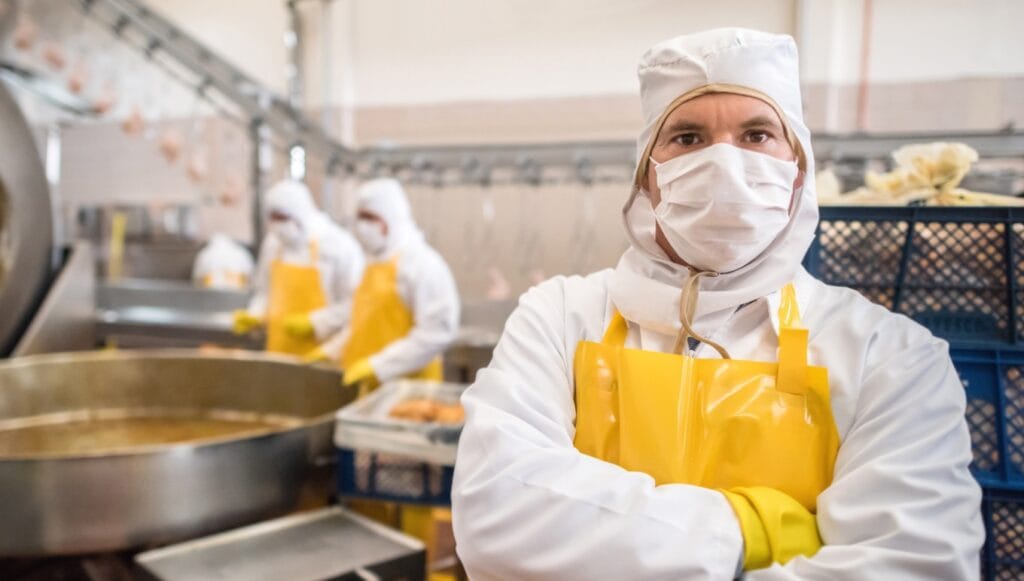 Introduction to Food Industry PPE: Hygiene, Safety, and Compliance2025年8月7日Introduction to Food Industry PPE: Hygiene, Safety, and […]
Introduction to Food Industry PPE: Hygiene, Safety, and Compliance2025年8月7日Introduction to Food Industry PPE: Hygiene, Safety, and […]
CONTACT US
- Feel free to contact us any time. We will get back to you as soon as we can!
- +86-17330061805
